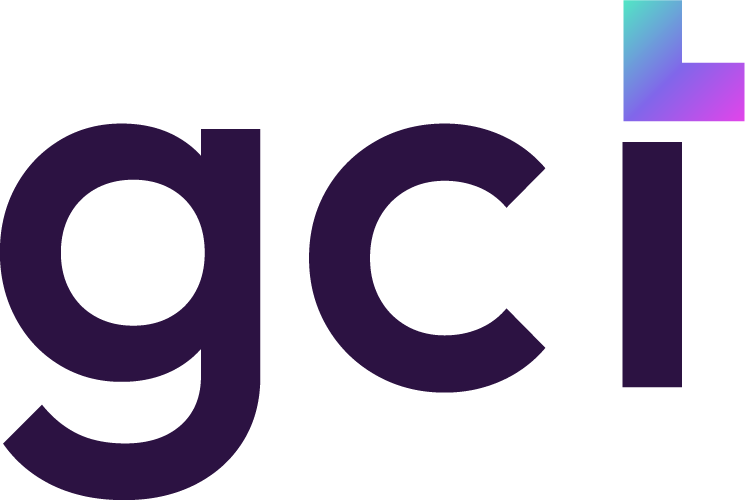What Is an Offshore Development Center?
The offshore development center is a distant office in a foreign nation that employs seasoned experts with the necessary technical expertise to work on specific software development projects. This concept enables businesses to take advantage of foreign talent to generate superior goods while decreasing costs and workload in-house.
Software engineers, QA testers, UI/UX designers, and a business analyst who handles requirements elicitation are all common members of an ODC team. The Delivery Manager is in charge of team leadership, client relations, and overseeing the development process from start to finish.
The opportunity to find the best members for their project and offset the lack of in-house experience is a big motivation for many firms when it comes to shifting software development operations offshore. Using an offshore development strategy, they may quickly find the proper tech personnel with specialized capabilities that are critical to their product’s success.
A remote office offers more flexibility than managing an internal IT staff. This facilitates team deployment, scalability, and cost reduction. It also allows additional market expansion, risk minimization, and information exchange opportunities.
Here are some statistics that show why IT outsourcing is such a popular strategy among today’s firms.
- 64% of organizations delegate their software development operations to external service providers. (Statista)
- 80% of the world’s top 500 companies use remote offices to expand the development of software products and services.
- The IT outsourcing market was projected to reach $413.7 billion in 2023. (Statista)
- Talent availability is cited as the main adoption barrier for 75% of IT automation technologies and 41% of digital workplace technologies. (Gartner)
- 78% of companies feel positive about their outsourcing partners. (Deloitte)
Let’s take a deeper look at the benefits offshore development center can bring:
1. Access to Top Talent
IT staffing and recruiting are becoming more and more difficult each year as an increase in demand throughout the world. In 2021, 46% of industry leaders said that talent availability will be their top concern over the next decade. And appropriately so, the global talent gap is expected to exceed 85 million individuals by 2030.
Finding high-quality IT experts in nations like the United States, the United Kingdom, and Canada is already difficult. Offshore development centers may be a wonderful choice since they provide access to a wider range of software development experts from all over the world.
By relocating your operations to a foreign country, you will be able to contact the greatest developers in your industry. As a result, a remote office not only eliminates physical obstacles but also eliminates the need to compete for elite people with top tech firms.
2. Easy Kick-Off
Building an internal development team from scratch may cost a huge amount of time and money. You must allocate adequate funds and working hours for the recruiting, onboarding, and ongoing training of your technical employees.
These issues may be avoided by using an offshore development framework. You simply need to specify what you want to accomplish, and the seller will take care of the rest. They will assign you to a specialized team of pre-vetted software developers who are the greatest match for your project. As a consequence, this kind of cooperation provides high-quality outputs, easy management, and superior financial efficiency.
3. Faster time to hire
On average, it takes 10 to 12 weeks to find competent talents on the local market. Furthermore, because software developers are hired one by one at a time, the recruiting step might take 5-7 months to complete.
Establishing an offshore development center gives you access to a talent pool that you would not otherwise have had. You may look for experienced developers from anywhere in the globe, which speeds up the hiring process.
Furthermore, if you work with a seasoned software development partner, you may have a completely functional product delivery team in place in 6-10 weeks. You don’t have to waste time on interviews, tech screening, or code exams, because vendors have a curated talent pool of pre-screened people. They just choose the personnel who are most suited to your project’s needs. That’s why the hiring process takes weeks, not months.
4. Cost efficiency
The offshore business model allows you to combine strong technological potential with reasonable rates and minimal operating expenses. This method can help you save from 40% to 60% on development services compared to what you’d pay in the United States, Israel, or Western Europe.
You may get the same level of skilled people overseas at much lower cost than recruiting locally if you use an offshore production facility. The basic wage package is generally 1.25 to 1.4 times the employee’s compensation, according to the US Small Business Administration. Taxes, health insurance, retirement savings programs, vacation, and medical leave reimbursement are some of the additional charges.
5. Round-the-clock activity
In most cases, remote staffing entails a large time zone difference. While it may appear to be a disadvantage to some people/ organizations, it can really help with speed up product delivery. Continuous employment and a steady supply of services are ensured by having some overlap between local and distant work hours.
Round-the-clock: You’ll always have someone working on the project if you have enough resources. This helps to responsively identify and manage any problems arising in the development process.
If you just have a local team, large service changes may necessitate late-night shifts or extra hours from your employees. The solution is that you may implement updates without disrupting your typical workflow by collaborating with offshore software professionals operating 4-6 hours ahead or behind your time zone.
6. Flexible team structure
Most tech firms do not demand the same resources consistently. In fact, the flexibility to modify the tech stack, business model, or team capacity demonstrates how rapidly they can react to the project’s continuously changing requirements. Offshore development centers, in particular, have advantages in this view.
In terms of team composition, the remote office approach is quite adaptable. For example, because the jobs at the beginning of the development lifecycle are largely concerned with the construction of user-facing parts, you’ll only require front-end developers on board. More back-end professionals will be recruited to the team when the nature of the job shifts to developing server-side application logic.
It is impossible to reach such a level of flexibility if you rely solely on your in-house development team. Using offshore development, you can effectively and efficiently allocate resources at a higher rate. Plus, you will always have the perfect team meeting all of your requirements in a short time.





